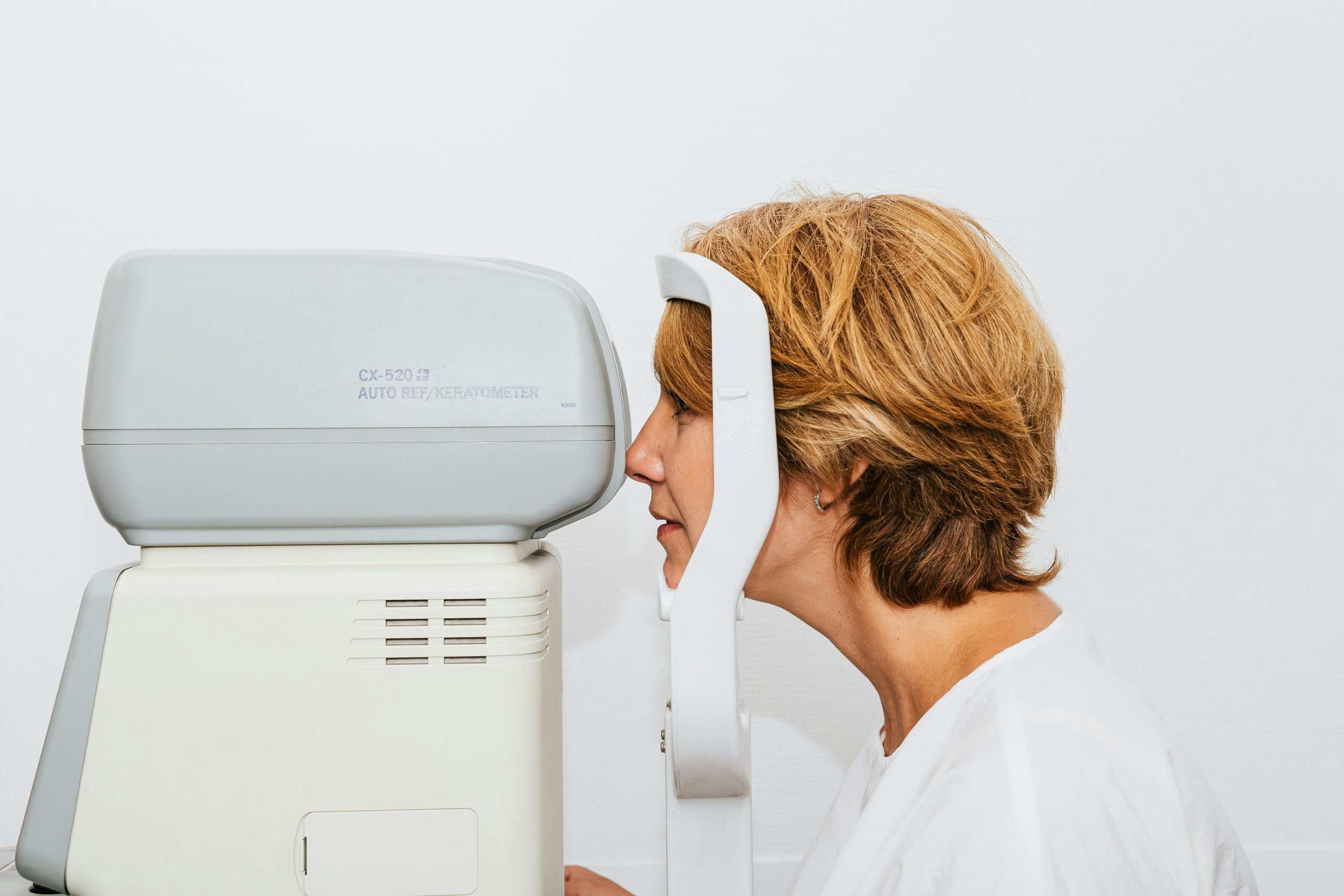At least 2.2 billion people globally have near or distant vision impairments, with nearly half of them potentially preventable.
Qatar’s health ministry and local medical entities are marking World Glaucoma Week between March 10 to 16 this year under the theme “Uniting for a Glaucoma-Free World”, the Ministry of Public Health announced on Saturday.
The initiative, launched in collaboration with Hamad Medical Corporation (HMC) and the Primary Health Care Corporation (PHCC), involves numerous awareness week-long activities and events.
“Qatar joins the countries of the world in celebrating World Glaucoma Week in March of each year with the aim of increasing the spotlight on this disease and inviting the target age group to visit ophthalmologists to conduct the necessary tests and checkups for the early detection,” Sheikh Dr. Mohammed bin Hamad Al Thani, Director of the Non-Communicable Diseases Prevention Department, said.
The Qatari health official noted that Glaucoma is the second-largest cause of blindness for the elderly.
Dr. Zakia Al Ansari, Consultant Ophthalmologist and Head of the Glaucoma Unit at HMC, explained that Glaucoma is described as “the silent thief” as its symptoms rarely appear.
“High intraocular pressure is a major factor in the disease, leading to damage to the optic nerve tissue and may lead to blindness if not detected early.” Dr. Al Ansari warned.
The Gulf state hosts annual community awareness campaigns that emphasise the need to go for eye tests for early detection. This year’s initiative also includes eye examinations and lectures among local medics.
“We are also doing a research study of all glaucoma cases treated at HMC to help calculate the types of glaucoma and the causes and percentage of its resulting blindness,” Dr. Al Ansari noted.
Glaucoma is a group of diseases that cause significant damage in one’s optic nerve, often due to increased eye pressure. The damage gradually leads to the loss of vision and can lead to complete blindness if it is not treated.
The reason behind the large figures of blindness caused by Glaucoma globally is mainly because it provides no warning sign until the optic nerve is damaged. The most common type of Glaucoma is open-angle, accounting for 60 percent to 70 percent of all cases.
Narrow-angle Glaucoma, also known as acute-angle closure Glaucoma, is considered a medical emergency.
Some of the symptoms that eventually appear include trouble differentiating between light and dark shades and blurred vision.
Age is the largest risk factor for Glaucoma, with people aged 60 and above at an increased risk of developing it.
People with chronic health conditions such as diabetes, high blood pressure or heart disease also have an increased risk of developing glaucoma.
Prevention also includes identifying whether Glaucoma is present in one’s family history as it can be inherited, according to Mayo Clinic.
Glaucoma eye drops can also help reduce the risk of developing the disease even if there are no symptoms.
At least 2.2 billion people globally have a near or distance vision impairment, out of which one billion people could have prevented their condition, according to the World Health Organization.
The figure includes 7.7 million people with Glaucoma, which is prevalent in high income countries.







